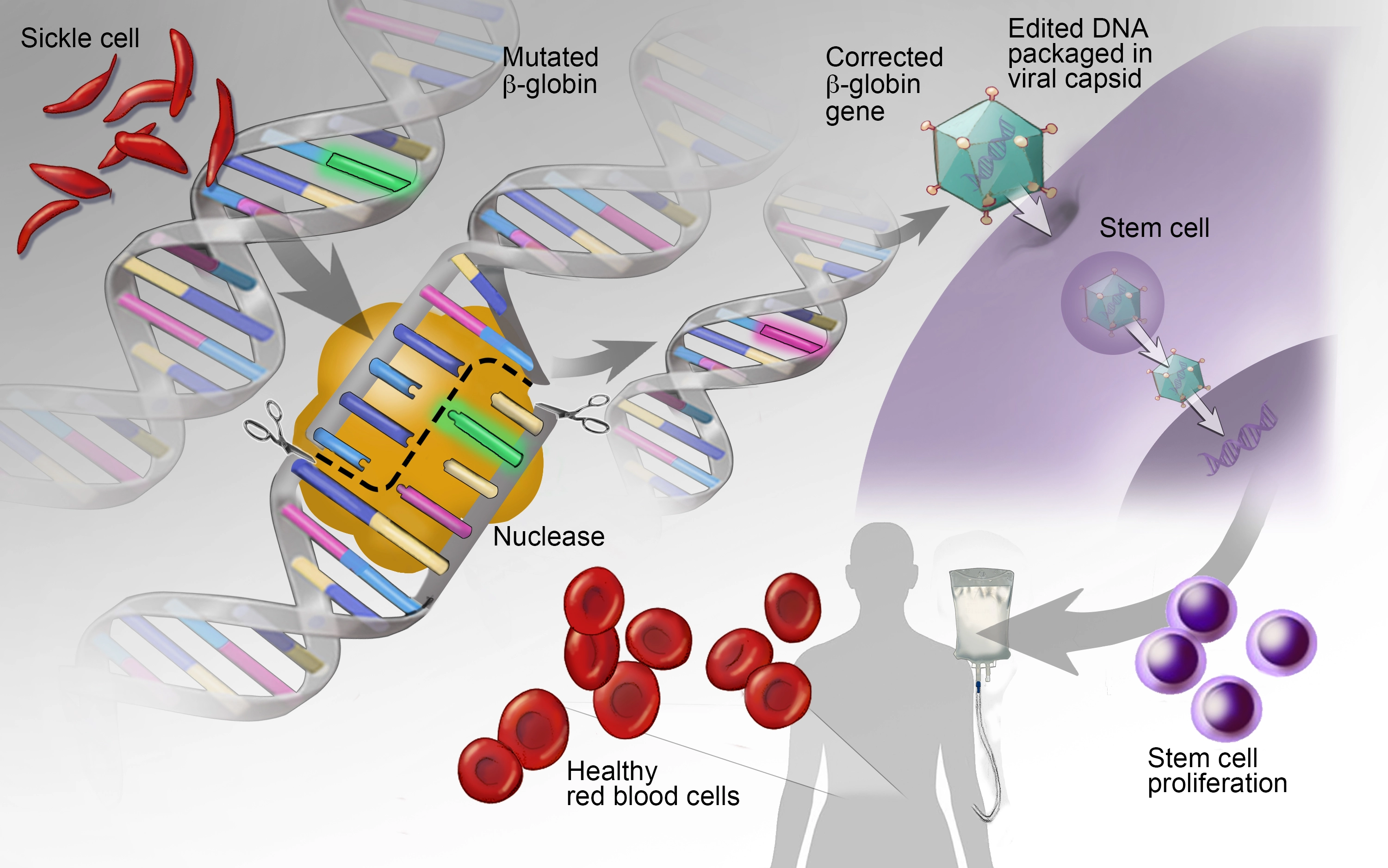Gene Therapy for Blood Disorders
Gene Therapy for Blood Disorders is an innovative treatment approach that involves modifying a patient's genetic material to correct or replace faulty genes responsible for specific blood disorders. This therapy offers a potential cure by addressing the root cause of the disease at the molecular level.
Gene Therapy works by introducing a functional copy of the faulty gene into the patient’s cells, thereby restoring normal function. This technique is particularly promising for treating genetic blood disorders such as sickle cell anemia and thalassemia, which have limited treatment options.
Key Components of Gene Therapy for Blood Disorders
Gene Editing and Vector Delivery
The process begins with the isolation of the patient’s hematopoietic stem cells, which are then genetically modified using viral vectors or gene-editing tools like CRISPR to introduce a healthy copy of the defective gene. These modified cells are capable of producing healthy blood cells once reinfused into the patient.
Patient Preparation
- Conditioning Therapy: Before the infusion of genetically modified cells, patients typically undergo conditioning therapy, which may include chemotherapy or radiation. This step is crucial for creating space in the bone marrow for the modified cells to engraft and proliferate.
- Personalized Treatment: Gene therapy is customized for each patient, ensuring that the introduced genes are specific to their genetic profile and the particular blood disorder being treated.
Infusion of Modified Stem Cells
After modification, the genetically engineered stem cells are infused back into the patient’s bloodstream. These cells then migrate to the bone marrow, where they produce healthy blood cells that can effectively carry out normal functions, potentially correcting the disorder.
Monitoring and Management
Post-infusion, patients are closely monitored for any adverse reactions and to ensure the successful engraftment of the modified cells. The healthcare team also manages potential side effects and monitors the long-term efficacy of the therapy.
Long-term Follow-up
Long-term follow-up is vital to assess the durability of the gene therapy and to monitor for any delayed complications. Regular check-ups, blood tests, and genetic analyses are performed to ensure the continued production of healthy blood cells.
Why Gene Therapy for Blood Disorders is Revolutionary
- Gene Therapy represents a paradigm shift in the treatment of genetic blood disorders, offering the possibility of a permanent cure by correcting the underlying genetic defect.
- It provides a targeted treatment approach, minimizing the need for lifelong therapies and reducing the risk of complications associated with current treatments like blood transfusions and bone marrow transplants.
- The ability of modified stem cells to self-renew and produce healthy blood cells continuously offers hope for long-term remission or even a complete cure of debilitating blood disorders.


.png)